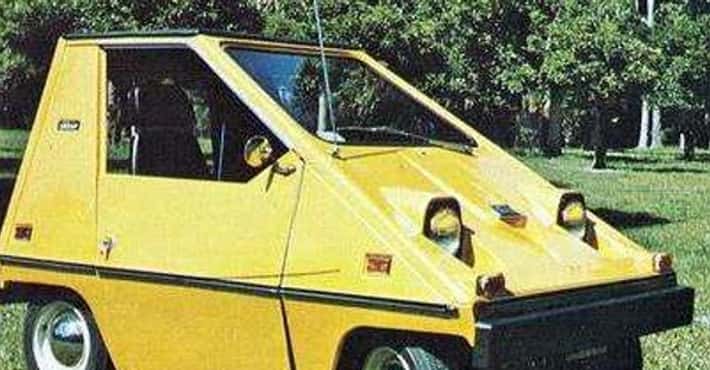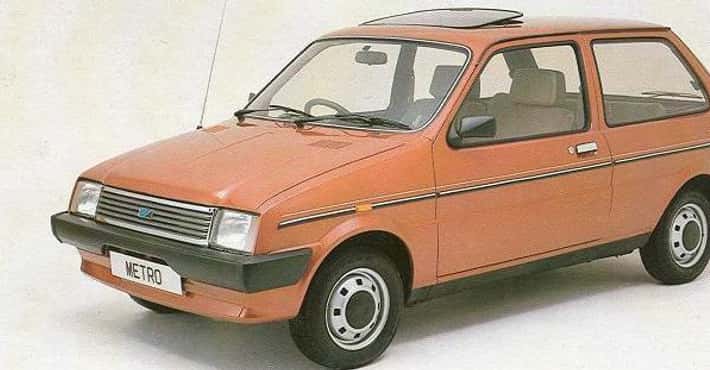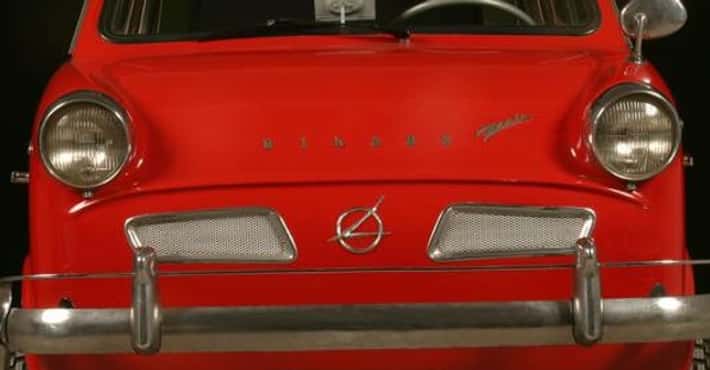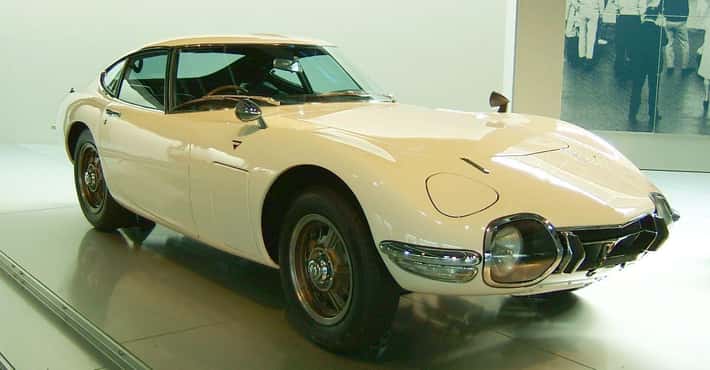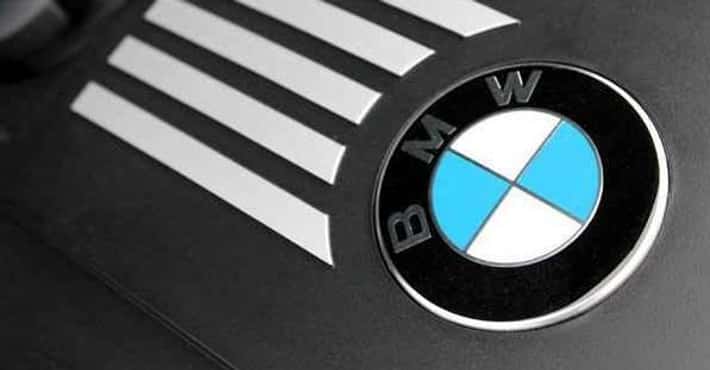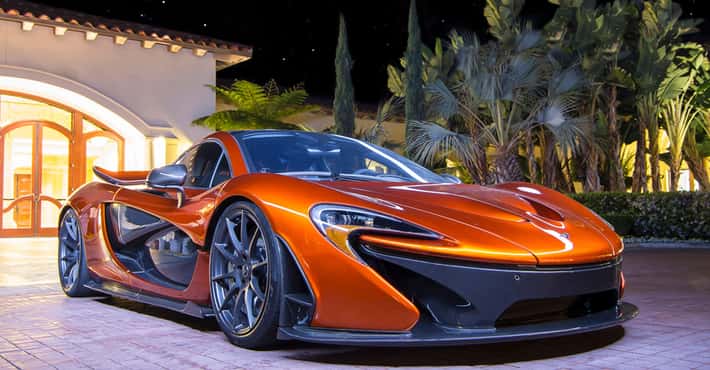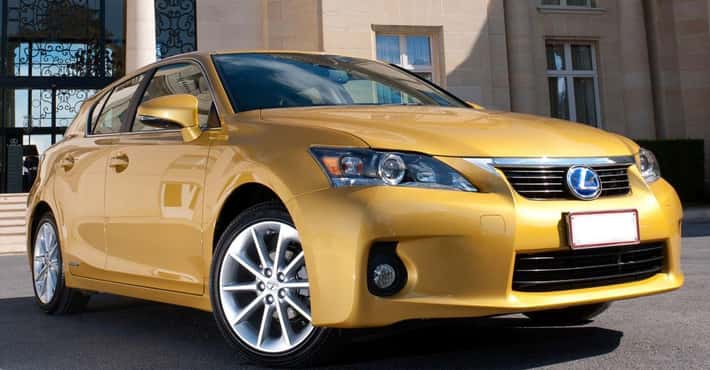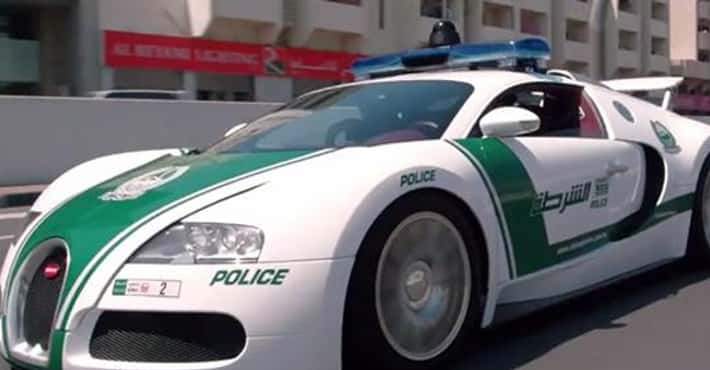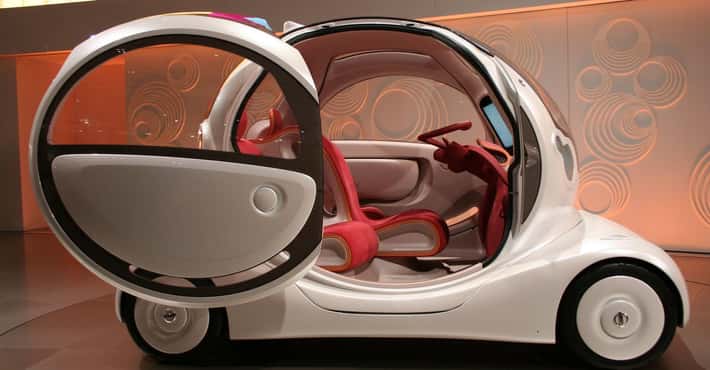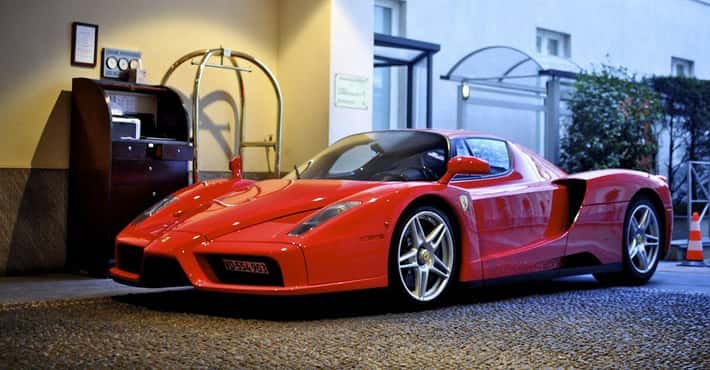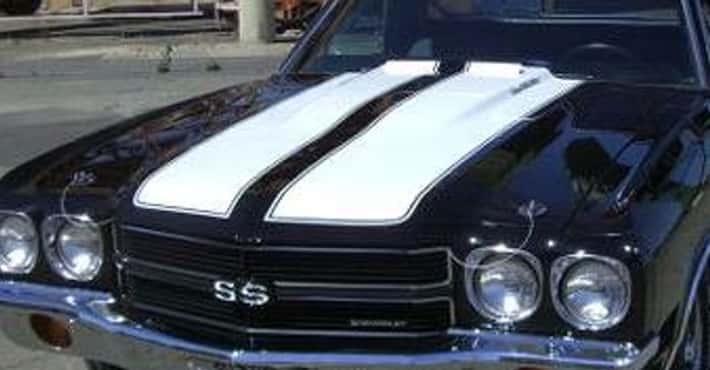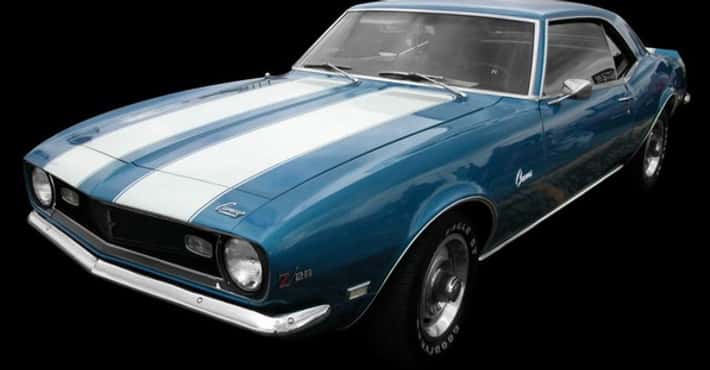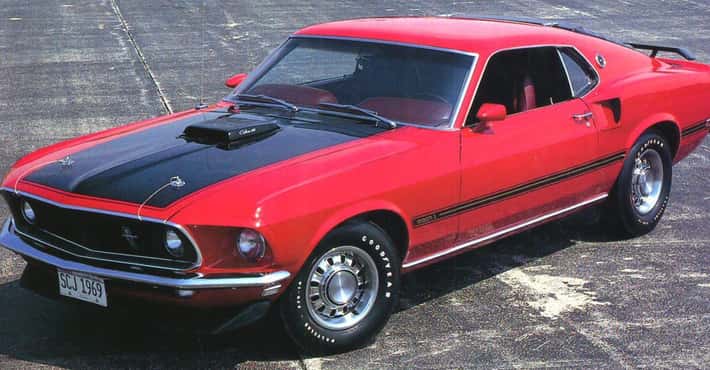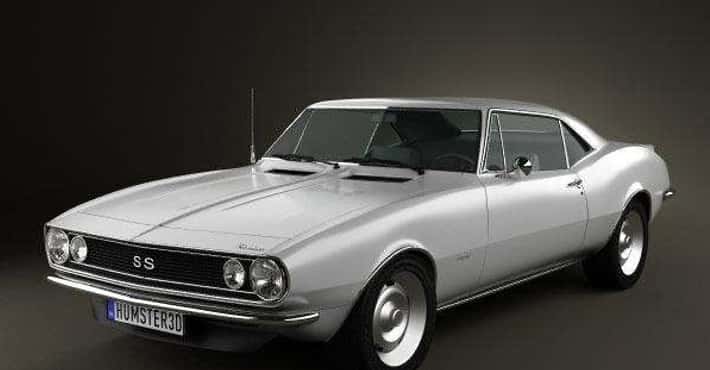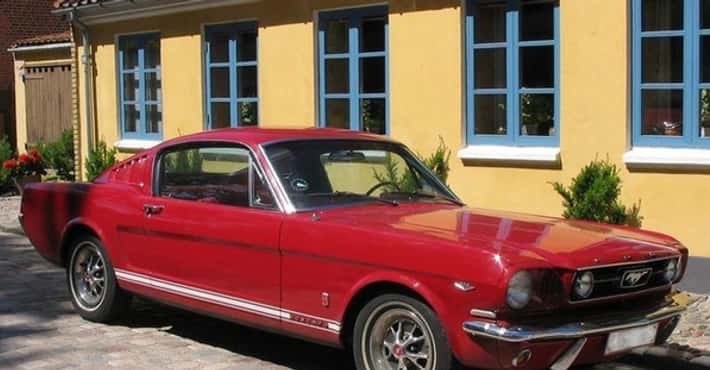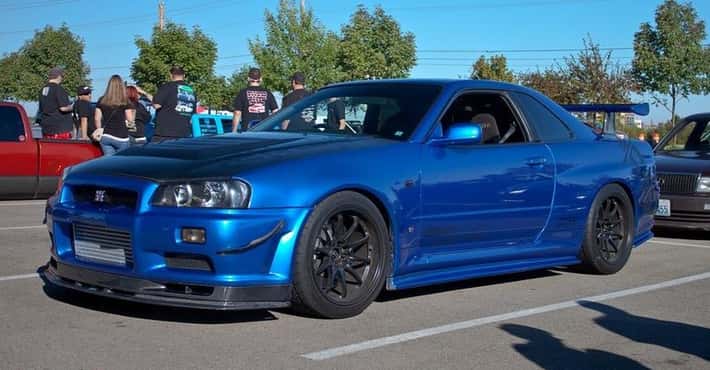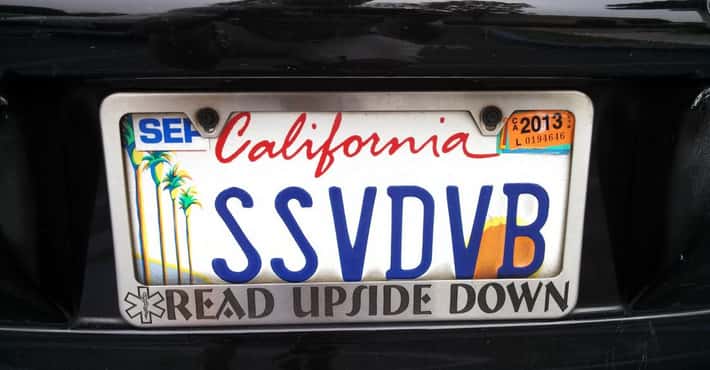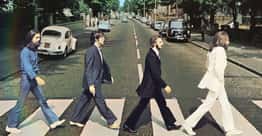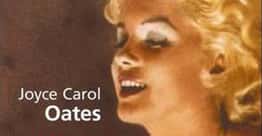Full List of Zastava Models
Below is a list of all Zastava cars & models that have come out so far. This Zastava vehicle model list includes photos of Zastava vehicles along with release dates and body types of each car. Did you used to drive one of the old Zastava cars on this list? The company has had hits and misses, but definitely have put out some great cars. Everything from Zastava 10 to Zastava Florida is included below. This list of car models made by Zastava is a great way to see how Zastava has evolved over the years. Zastava types also have car class information available if you click on their names and go to their dedicated page.
- Photo: Metaweb (FB) / CC-BY-2.5The Zastava Florida, also known as Yugo Sana, Yugo Miami or Yugo Florida, is a five door hatchback which was introduced by Serbian automaker Zastava on 19 February 1987 and remained in production until 2008. The Florida was based on the Fiat Ritmo, and was designed by Giorgetto Giugiaro and a group of Zastava engineers at Italdesign. The Florida was the most advanced and independently engineered automobile produced by Zastava before it stopped producing civilian automobiles in 2008. It was sold in the UK from 1988 to 1992, badged as the Yugo Sana, but it was eventually withdrawn from sale due to its distributor, Zastava Ltd, going out of business as a consequence of the Yugoslav wars and economic sanctions. Several years after its debut in Europe, the Nasr-badged Florida began production in Helwan District in Cairo, Egypt by Nasr. Nasr's Florida is almost exactly the same as Zastava's Florida, except with a modified grille.
- Photo: Metaweb (FB) / CC-BY-SA-2.5The Zastava Koral, also known as the Yugo, is a subcompact car built by the Yugoslav/Serbian Zastava corporation. It was designed in Italy under name Fiat 144 as variant of Fiat 127. The first Yugo 45 was handmade on 2 October 1978 as a Fiat 127, under license from Fiat, with a modified body style. The Zastava Koral was sold with an updated design, priced at about 350,000 dinar, until 11 November 2008, when production stopped with a final number of 794,428 cars. The Yugo entered the United States by means of Malcolm Bricklin, who wanted to introduce a simple, low-cost car to that market. In total, 141,651 cars were sold in the United States from 1985 to 1992, with the most American units sold in a year peaking at 48,812 in 1987. Sales in 1992 were only 1,412 cars. Like the Lada, they were a common sight on the urban landscape in the cities and towns of Serbia, Croatia, Slovenia, Macedonia, Montenegro and Bosnia and Herzegovina in the late 1990s. The Yugo is still a common sight in Serbia; however, they are very rare in other ex-Yugoslav republics, particularly in Slovenia and Croatia.
- Photo: Metaweb (FB)Zastava 101 was a car produced by Zastava.
- The Zastava 750 was a car made by the Serbian car maker Zavod Crvena Zastava in Kragujevac. It was a version of the Fiat 600 made under licence from 1965, it was longer in length than the Fiat version. The Zastava 750 has a 767 cc engine, which produces 25 PS. The more powerful 750 SE has 30 PS at 5400 rpm and torque is 38 lb·ft at 3600 rpm. It is the smallest car ever made by Zastava. Later on during production, in 1980. the Zastava 850 was introduced, it featured the same body as the Zastava 750 but the engine had a larger capacity. The Zastava 850 is harder to find than the 750 model but both are still widely available in former Yugoslavia. Zastava 750 is widely known by its nickname "Fića" or "Fićo" in Serbian, Montenegrin, Croatian and Bosnian, by "Fičo" or "Fičko" in Slovene and by "Fikjo" in Macedonian. The nickname "Fića" comes from the main character of a comic published by the newspaper Borba during the first years of the car's production.







